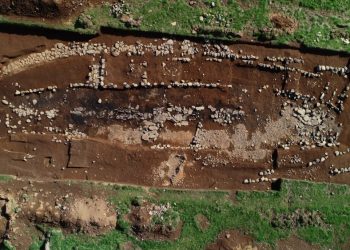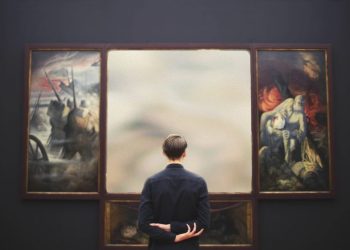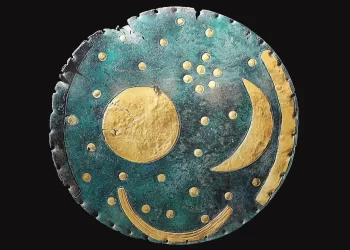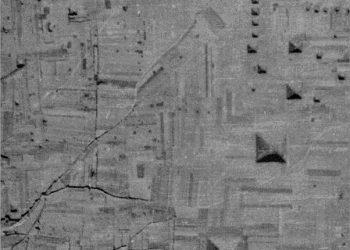In the heart of Kerala, India, there stands a temple unlike any other in the world—rich not just in gold and jewels, but in legends, unanswered questions, and ancient secrets. The sealed door of the Padmanabhaswamy Temple remains one of India’s most enduring mysteries, a gateway that has resisted time, technology, and even human will.
No one has opened it. No one knows for certain what lies behind it. But many believe the truth is more astonishing than anything we could imagine.
A door with no locks—and no key
Among the temple’s eight known vaults, most have been opened over time. But one—known only as Chamber B—remains completely sealed. Unlike the other vaults, it has no hinges, no bolts, and no visible way to open it. It’s guarded by carved images of two massive cobras, and cloaked in legend that warns of dire consequences should anyone attempt to force it open.
According to local tradition, the door was sealed in ancient times by powerful sound vibrations, using a chant that has since been lost to history. It’s said that only a high-level sadhu—a spiritual ascetic—who knows the sacred Garuda Mantra can open the door. And today, no one is believed to possess the knowledge or authority to do so.
As Forbes contributor Jim Dobson once wrote:
“The door cannot be opened by any means by anyone, and at present, there is nobody in the world who possesses the highly sacred and powerful siddhapurushas and how to execute the highly sacred Garuda Mantra.”
Treasure beyond measure—and maybe something more
The Padmanabhaswamy Temple isn’t just sacred. As it turns out, it’s staggering in wealth. Hidden beneath its floors and within its stone chambers are an estimated $22 billion worth of gold, jewels, and rare artifacts, making it the wealthiest religious institution on Earth.
Five of the temple’s vaults have been opened under court supervision, revealing golden thrones, crowns, emeralds the size of fists, and ceremonial weaponry. But Chamber B, the sealed chamber, has never been touched—and some say it contains a second, hidden chamber, walled entirely in gold.
Local legends go even further. Some claim that attempts to open the door in the 1930s led to disaster. As told in the 1933 book Travancore: A Guidebook for the Visitor, a group of men supposedly tried to breach the chamber—only to be driven away by a swarm of real cobras that emerged from the vault’s darkness. They fled the temple and never returned.
Ever since, the chamber has remained untouched.
A mystery rooted in time
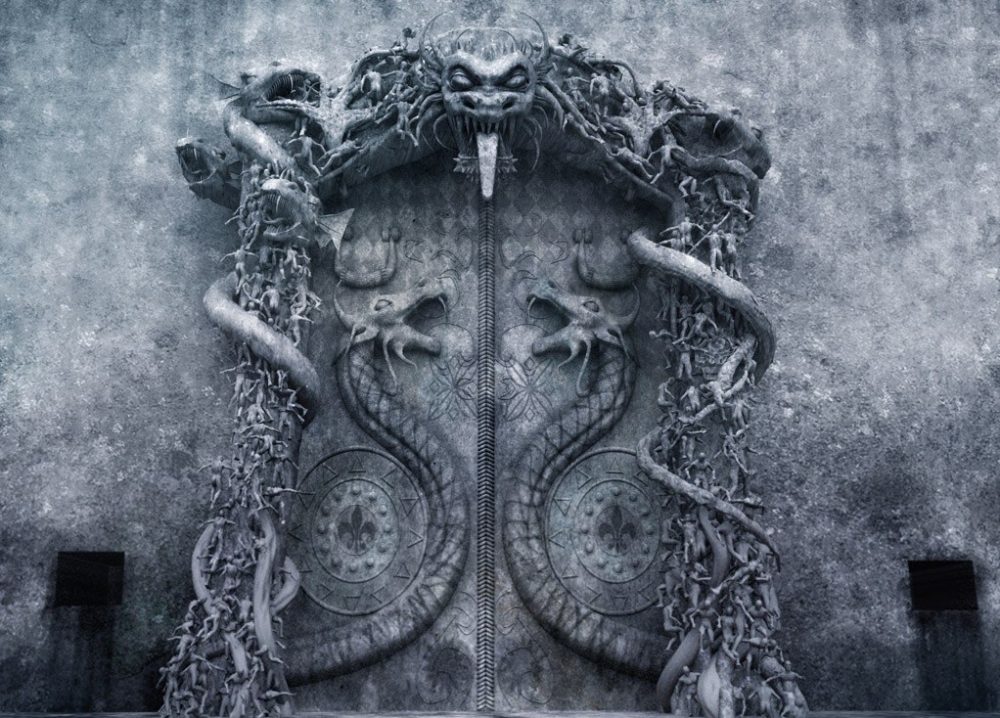
Despite being one of India’s most iconic temples, no one knows exactly when the Padmanabhaswamy Temple was built. The structure is mentioned in early Sangam literature from between 500 BCE and 300 CE, and it’s one of the 108 Divya Desams—the holiest shrines in Vaishnavism.
The temple’s gleaming gold surface may impress at first glance, but its real power comes from the silence and mystery buried underground.
Ancient stone corridors, underground vaults, and sacred geometry all hint at a level of design far beyond ordinary function.
But it’s the sealed door of the Padmanabhaswamy Temple that continues to draw attention—not just from believers, but from archaeologists, historians, and spiritual seekers alike.
Should it ever be opened?
The debate still rages: should the door be opened with modern tools, or should tradition and warnings be respected? India’s Supreme Court once ordered the vaults to be inventoried, but Chamber B was explicitly left untouched.
To some, it’s a matter of spiritual protection—a barrier between humanity and something we are not meant to disturb. To others, it’s a vault filled with immeasurable wealth that could serve the public good.
And to a few, it’s something else entirely: a gateway sealed by lost knowledge, built by hands who understood forces we’ve long forgotten.








